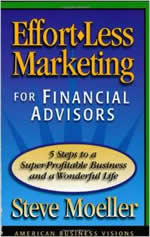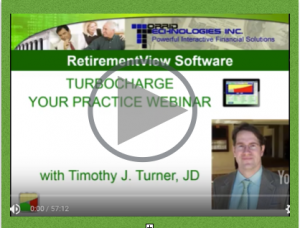Horace Greeley has long been quoted as saying, “Go west young man…”. American pioneering spirit led adventurers and down-trodden alike to seek out a place that was best for their families or a place that gave them opportunities they desired.
Today, it looks like Go South, young man might be the trend.
According to Audrey Conklin of FoxBusiness.com, Florida is seeing record growth as nearly 1000 people move there each day during our current pandemic state.
Home sales are doubling while sales of single family homes and condos in northern states are lower than in years prior.
Why? It seems to be an issue of lower taxes and being able to get more for your money.
Read more about it at https://www.foxbusiness.com/.















Recent Comments